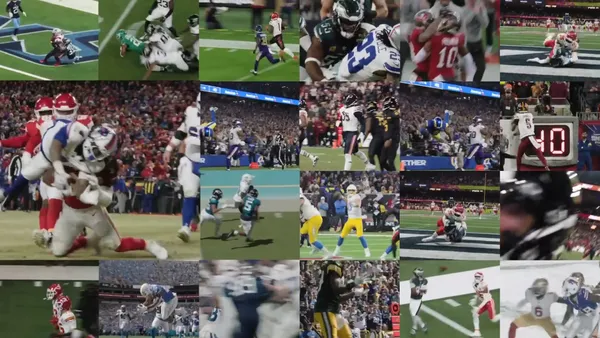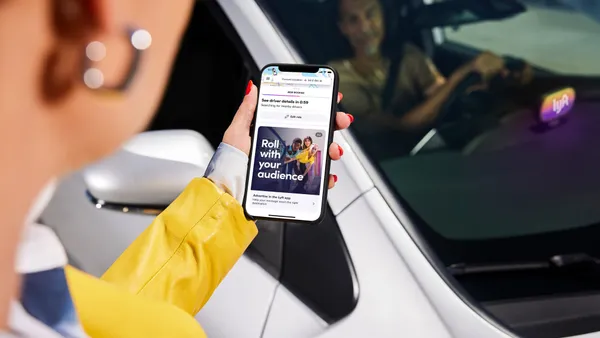Dive Brief:
- Seventy-six percent of people will skip ads that appear before on-demand content if given the opportunity, and 15% of people will do something else while a pre-roll spot plays, according to a study from adtech company Kargo and media researcher Kantar. The firms wanted to test how shorter ads compared with traditional 15- and 30-second spots that dominate broadcast TV.
- The placement of an ad on a smartphone screen can greatly influence how well viewers remember it, the research found. A small ad anchored to the bottom of a mobile screen had a recall rate that was 76% higher than a pre-roll spot. An in-article ad also showed 27% greater brand favorability than pre-roll, with readers seeing it an average of four times.
- Canvas ads, a common format for mobile placements, had 85% greater unaided recall, 19% greater brand favorability and 12% greater ad likeability than pre-roll spots, per the study.
Dive Insight:
“Smartphones are not televisions,” said Ed Romaine, chief marketing officer at Kargo, which studied how mobile users respond to various ad formats, including still images and videos. The research found that marketers shouldn’t necessarily aspire to make their smartphone ads more like TV, despite 75 years of history of traditional broadcast media.
Kargo’s findings echo the experience among companies like Snapchat and YouTube that are experimenting with shorter ad formats. Snapchat’s sequential ads divide a 30-second spot into three 10-second hits that are easier for smartphone viewers to digest. YouTube has a six-second mobile ad format that can’t be skipped, unlike its TrueView ads that are skippable and can be any length. “Consumers want you to dazzle them with a message, get to the point and allow them to move on to something else,” Romaine said.
A positive sign for marketers and publishers is that mobile ads take fewer seconds to be remembered by a smartphone user, and that three-second ads can outperform traditional video formats. That kind of recall indicates how engaged people are with their smartphones, which likely draw attention away from TV when the two devices are used simultaneously, as they often are, particularly during commercial breaks. Mobile users generally have a more favorable perception of ads that are less intrusive, like ads anchored to the bottom of a page, which is another key indication of how marketers need to adapt to smartphone formats and consumers' mobile behaviors.














